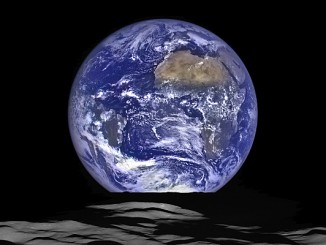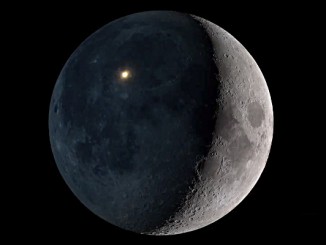
Small impacts are reworking the Moon’s soil faster than scientists thought
The Moon’s surface is being “gardened” — churned by small impacts — more than 100 times faster than scientists previously thought. This means that lunar surface features believed to be young are perhaps even younger than assumed. It also means that any structures placed on the Moon as part of human expeditions will need better protection.


